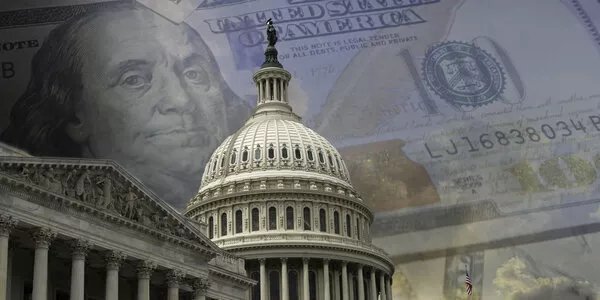
Weekly Update - Disinflation confirmed, at the cost of weaker activity in the euro area
Next week will be marked by the last meetings of the ECB and the Federal Reserve before the summer break. The parallel decline in inflation is converging expectations towards a very close end to the tightening cycles of the two central banks before a prolonged status quo. The weaker economic momentum in the Euro area could begin to pepper the ECB's rhetoric.
A similar dynamic of inflation. Inflation confirms its decline on both sides of the Atlantic. It has fallen by nearly 3 percentage points since the beginning of the year, reaching 5.5% in June in the euro area and 3% in the United States. The shocks that cause price pressures have recently normalized and inflation is declining rapidly. Reassuringly, core inflation – i.e. excluding the energy and food effect – also seems to be declining over the recent period. While spillover effects could persist, most of the tensions seem to be behind us. This shift will encourage central banks to end their rate hike cycle. We expect a final 25bps hike from the Federal Reserve and the ECB next week before an extended standstill. Central banks will then hold rates until core inflation returns to a level closer to their target, which could take several more months.
A desynchronization of business cycles. While inflation trends are identical between the United States and the euro area, the gap is widening in terms of activity dynamics. Domestic demand, and in particular household consumption, largely explains this difference. Indeed, in the United States, households have maintained dynamic consumption, both thanks to an increase in wages – including adjusted for inflation – and by the use of their post-covid savings. In the Euro area, although labour markets have also been very strong, wages have not risen as much as inflation, implying a sharp decline in purchasing power. At the same time, European households have not started to use their savings surplus, accentuating the difference with American households.
In conclusion, while we expect the ECB and Fed tightening cycle to end simultaneously, thanks to a parallel decline in inflation, the underlying economic situation appears weaker in the Euro area. Today, markets are anticipating that the Fed could start easing policy in early 2024 while the ECB would start in mid-2024. The fragility of the Euro area could ultimately reverse these trends.
Finally, in the main events of the week, we have chosen to talk about US bank results seasons and to focus on the UK June inflation report.





